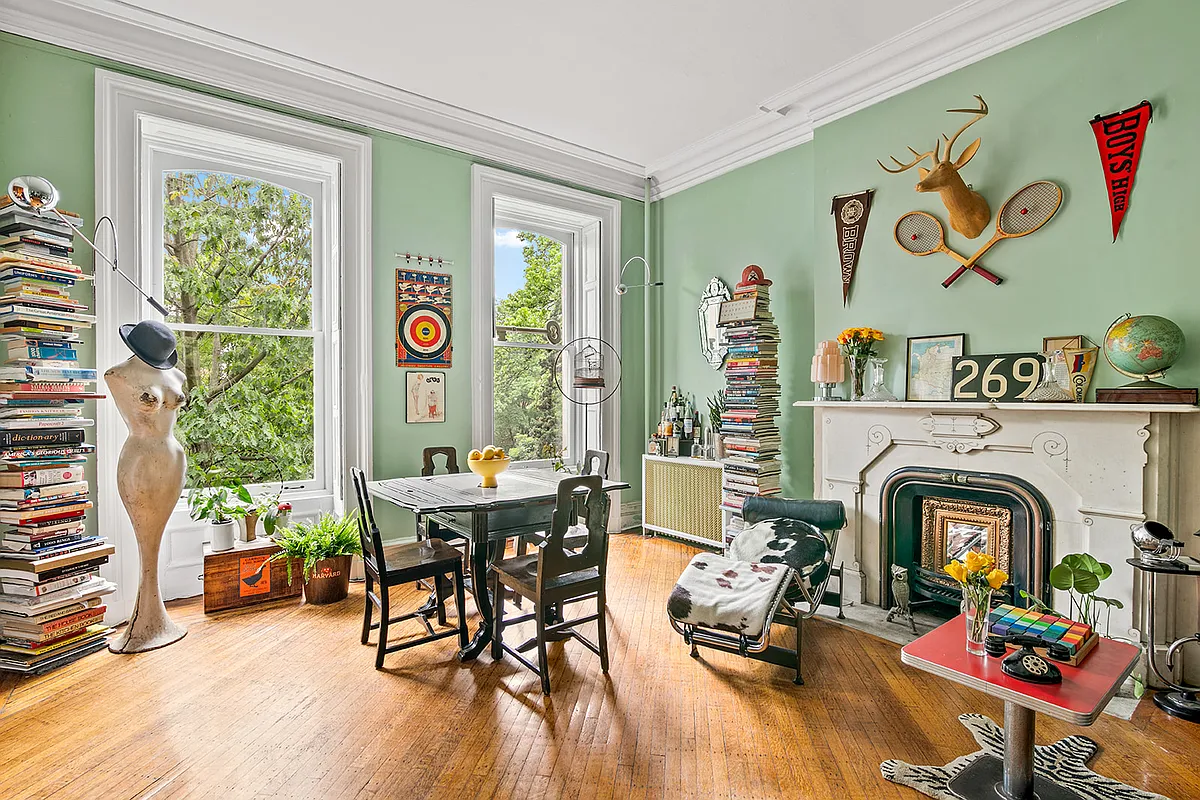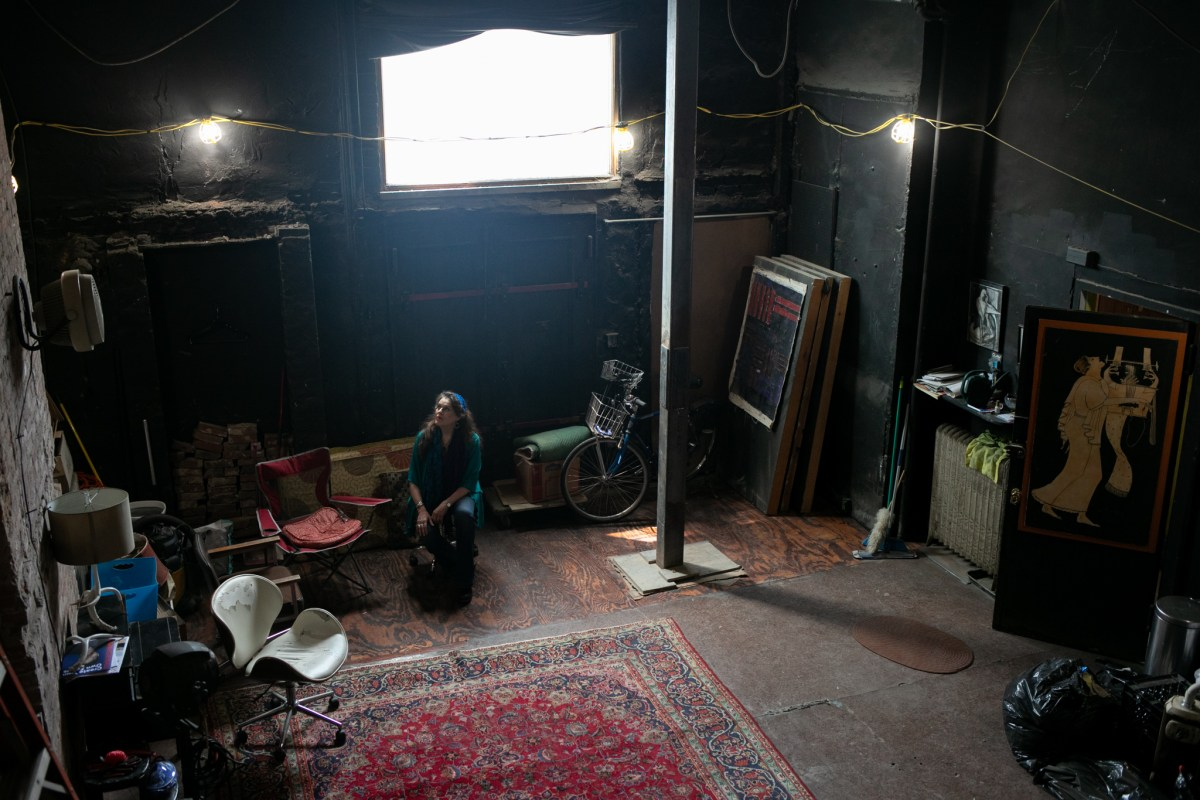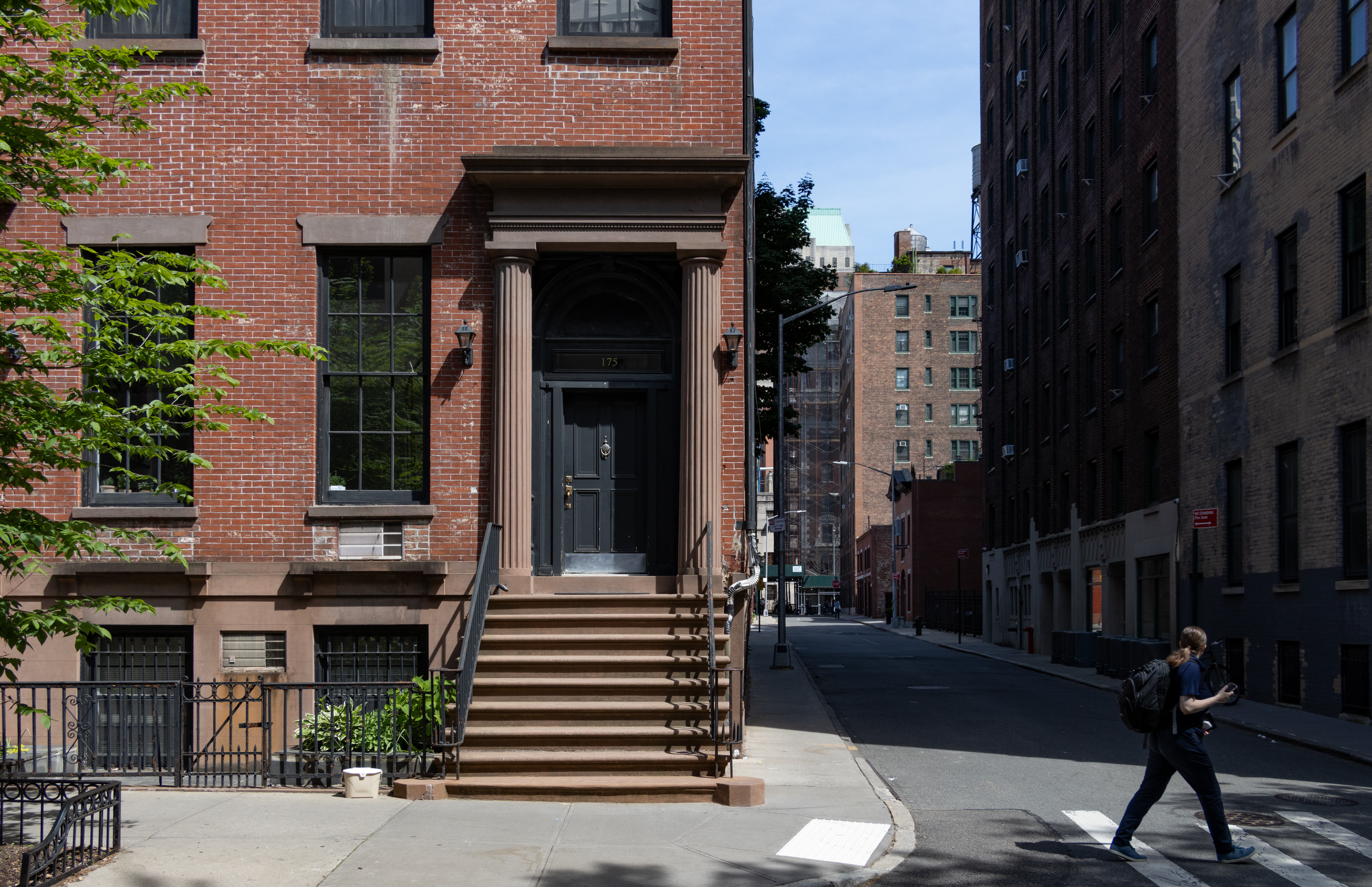Bird Blog: Week 8
[nggallery id=”22406″ template=galleryview] Every week, Jennifer Mankins, owner of the Bird boutiques, tells us about the new 2,500-square-foot store on Grand Street in Williamsburg that she’s getting ready to open. Last we heard, interior demo was beginning. This week: Tons and tons of waste gets sorted! After another week of demolition, the space was almost…
[nggallery id=”22406″ template=galleryview]
Every week, Jennifer Mankins, owner of the Bird boutiques, tells us about the new 2,500-square-foot store on Grand Street in Williamsburg that she’s getting ready to open. Last we heard, interior demo was beginning. This week: Tons and tons of waste gets sorted!
After another week of demolition, the space was almost completely cleared out. The rest of the walls in the front half of the space had been taken down and almost all of the debris and recycling had been sorted. One of the most interesting things about doing a green demo and separating all of the waste is to see it all together at one time. Normally on a construction site, the demolition debris is taken out to the dumpster as it is torn down and then it is hauled when the dumpster is full, never giving a full picture of all the waste. Here, everything was sorted and kept on-site so that all the hauling could be done at one time. It was shocking…
I was struck by one of the comments from last week that asked, other than getting into heaven, is there an upside to LEED demo? Well, one was saving several tons of perfectly good, reusable and recyclable construction material that would normally be heading straight to a landfill.
LEED certification is based on an accumulation of points and many large projects get certified on the basis of the construction phase alone. But for us, with not much actual construction (just one bathroom, a few dressing rooms, etc.), it was key to get points for the demolition phase as well.
Environmental responsibility aside, there are few financial incentives for going green. In fact, by the time I hire a commissioning agent, pay Mark for his time, and pay for the application, it will cost me a minimum of $15,000 to $20,000, and that’s with Ole graciously offering to comp all of his time. I may be able to get some of this back in the form of grants (more on this to come), but I’m not counting on it.
After the hauling, we finally had the whole wide open space to consider and it was truly awesome. I was overwhelmed by the amount of natural light from the skylights and the clerestory windows and I could begin to envision the interior of the store taking shape. The exposed layers of paint on the brick walls in the back half of the store were striking. I definitely want to find a way to clean and seal them to retain their sense of history and age. The wooden floors had been chopped up more than I had hoped, but I think we’ll be able to patch them as needed.
Numbers & Figures – how much of what went where
Bill, our contractor, is working on affordable housing for retirees upstate and took the following for re-use:
77 bags of fiberglass insulation
11 ceiling lights
1 piece double insulated glass, measuring 72″x44″
2 pieces double insulated etched glass, measuring 76″x45″ each
2 wood cabinets with MDF & Formica countertops, measuring 3’x2′ each
1 wooden wall cabinet, 54″x12″
5 heavy-duty metal bathroom partition panels
1 Toto toilet
1 plastic utility sink on legs
20 HVAC registers (vents)
1 ceramic double sink
1 ceramic single sink
25 ceiling lights
5 exit signs
2 smoke detectors
30 light fixtures
1 gas dryer
1 kitchen sink with MDF & Formica countertop, measuring 80″x25″
IESI was hired to collect, separate, recycle and dispose of everything else. They operate their own recycling facilities and landfills and were able to document, in tons, the total amount of waste, and how much was recycled/diverted. Here is their breakdown, as recorded on the LEED Certification Document:
Screenings (Beneficial Use Designated Materials): 7.43 tons – this is biodegradable material
Wood: 2.78 tons
Ferrous (Steel/Iron) Metal: 0.94 tons
Non-Ferrous (Aluminum/Copper, etc.): 0.29 tons
Rock, concrete, soil: 3.82 tons
Cardboard: 2.55 tons
Outthrows: 9.99 tons – what goes to the landfill
Total Quantity: 27.8 tons
Total Quantity/Percent Recycled/Diverted: 17.8 tons / 64%
Finally, there was what we kept to re-use on site, which Bill and his crew separated and stored in the basement. This included the cedar from the sauna, copper piping, all re-usable pine 2x4s, wastewater piping, crushed tiles, and re-usable conduit and electrical wiring. Now we were ready to start designing!
Bird Blog Week 7 [Brownstoner]
Bird Blog Week 6 [Brownstoner]
Bird Blog Week 5 [Brownstoner]
Bird Blog Week 4 [Brownstoner]
Bird Blog Week 3 [Brownstoner]
Bird Blog Week 2 [Brownstoner]
Bird Blog Week 1 [Brownstoner]





I understand you are closing your store on 7th Ave in the South Slope and reopening on 5th Ave. Where will the new store be?
regarding the negative commentary, isn’t the point here to share information & benefit from jennifer’s experiences in doing a green reno rather than using this as a forum to attack her character or her store? does it even matter whether or not you like bird or even shop there? i think it’s great that a business owner has decided to make an effort to create as little environmental impact as possible.
I’m new to reading this story- it’s great that you’re going for LEED certification. Will your store also carry green products?
yes great story that’s why there are so many comments
lame comment 11:31. still a good store and an a great story.
it must be so relaxing to know you always have family money.
thanks Jennifer and Brownstoner. ignore the naysayers.. this is really interesting and i love following it.
think that the store will be fabulous and successful.
Yay another whining c*nt in New York.
“Yay. Another “Who Cares about our Stupid Overpriced Store Blog” entry.”
amazing!